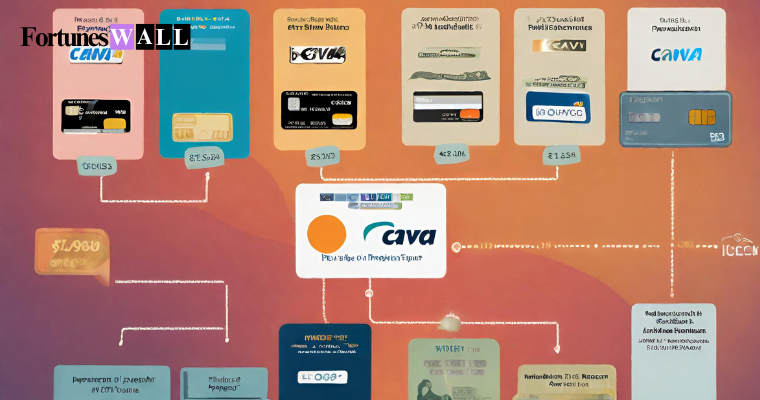Introduction:
The way we make payments has undergone a remarkable transformation in recent years, driven by advancements in financial technology, or fintech. From traditional cash transactions to the rise of contactless payments, fintech innovations have revolutionized the payment landscape, offering consumers and businesses faster, more convenient, and more secure ways to transact. This article explores the evolution of payments in the fintech era, from cash-based economies to the proliferation of contactless payment methods.
The Rise of Digital Payments:
The shift towards digital payments has been one of the defining trends of the fintech era. With the advent of smartphones and mobile wallets, consumers are increasingly opting to pay for goods and services using digital platforms. Mobile payment apps such as Apple Pay, Google Pay, and Samsung Pay allow users to store their payment information securely on their smartphones and make contactless payments at the point of sale. These digital payment methods offer greater convenience and security compared to traditional cash transactions, driving their widespread adoption among consumers worldwide.
The Decline of Cash:
As digital payment methods continue to gain popularity, traditional cash transactions are on the decline. Cashless societies, where the majority of transactions are conducted electronically rather than with physical currency, are becoming increasingly common. In countries like Sweden and China, cash usage has plummeted in recent years, with consumers and businesses alike embracing digital payment solutions. The decline of cash is driven by factors such as the convenience of digital payments, the rise of e-commerce, and concerns about hygiene and security in the wake of the COVID-19 pandemic.
The Emergence of Contactless Payments:
Contactless payments, which allow consumers to make transactions by simply tapping their payment card or mobile device on a contactless-enabled terminal, have emerged as a popular and convenient payment method in the fintech era. Contactless technology uses near-field communication (NFC) to transmit payment information securely between the card or device and the terminal, enabling fast and seamless transactions. Contactless payments are not only convenient for consumers but also offer benefits for merchants, including faster transaction times, reduced queuing, and improved customer satisfaction.
Innovation in Payment Technology:
Fintech companies are driving innovation in payment technology, constantly developing new solutions to meet the evolving needs of consumers and businesses. Biometric authentication methods such as fingerprint and facial recognition are being integrated into payment systems to enhance security and streamline the payment process. Wearable devices such as smartwatches and fitness trackers are also being equipped with payment capabilities, allowing users to make transactions on the go without the need for a smartphone or physical payment card.
The Future of Payments:
As we look to the future, the evolution of payments in the fintech era shows no signs of slowing down. Advances in technology such as artificial intelligence, blockchain, and the Internet of Things (IoT) are expected to further revolutionize the way we make payments, enabling new forms of digital currency, peer-to-peer transactions, and smart contract payments. Moreover, the ongoing shift towards contactless and digital payment methods is likely to accelerate, driven by changing consumer preferences and the increasing digitization of commerce.
Conclusion:
The evolution of payments in the fintech era has transformed the way we transact, from traditional cash-based economies to the widespread adoption of digital and contactless payment methods. Fintech innovations have made payments faster, more convenient, and more secure, driving the decline of cash and the rise of cashless societies. As technology continues to advance, the future of payments holds exciting possibilities, with new solutions and innovations poised to reshape the payment landscape for years to come.
